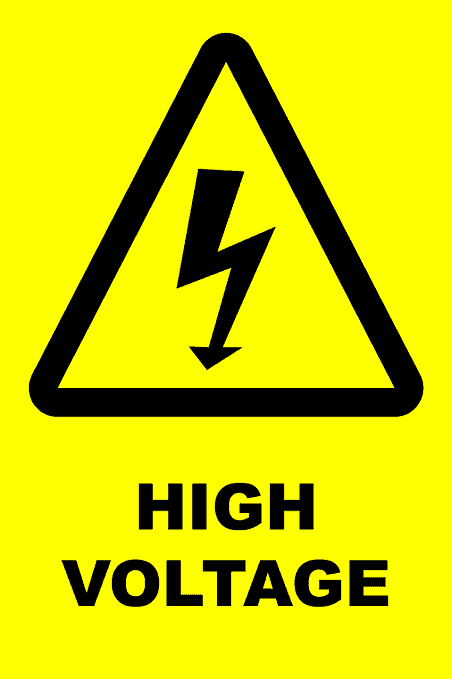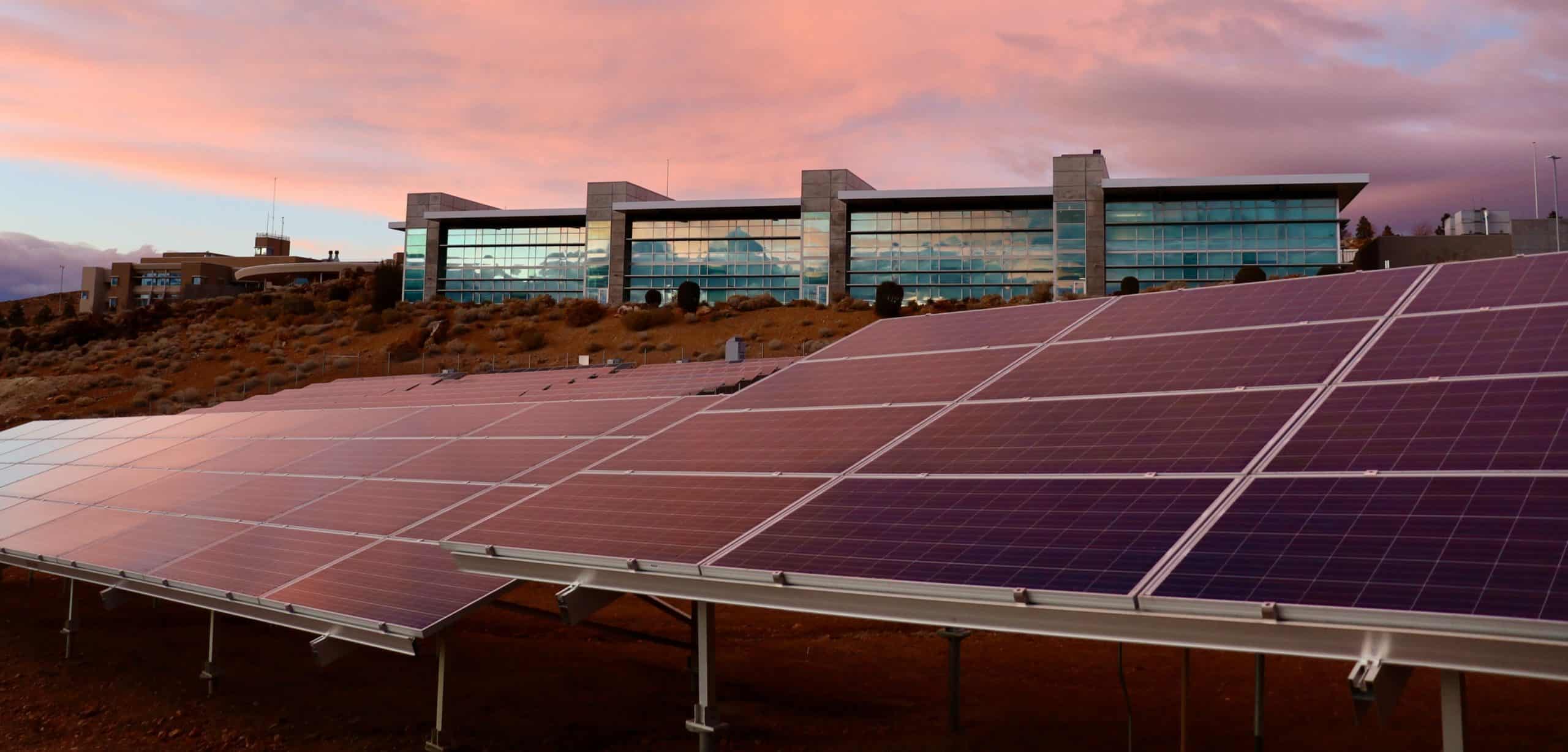Save Now, Pay Later.
With flexible payments from handypay.
Save Now, Pay Later.
With flexible payments from handypay.
Published

Voltage Rise and What Does It Mean?
I thought today we would talk about voltage rise and voltage drop. This is the part that is generally missed during the sale process and design of solar systems. As the days get longer and brighter we see a lot of solar systems production curtailed by voltage rise. In layman’s terms, the clients are not getting what they paid for.
What is voltage drop and rise?
To answer that question we need to ask what is ‘voltage’ and ‘current’?
Thinking of electricity like water, volts would be the pressure in a pipe and current would be the water flowing through it. Pressure is the resistance to flow. So if we had a pipe connected to a tap with the tap turned off 230 psi of pressure in that pipe what would happen to that pressure once I opened the tap? Any ideas?
The pressure would drop as I’ve removed the bulk of resistance to flow by opening the tap and letting water run out. If I shut the tap, the pressure would bounce back to where it started. The same thing happens in our homes; when we turn on a large electrical load such as a hot water cylinder we would see the sites electrical voltage drop and spring back up when turn off again.
Now with solar (and once again using the water analogy) we are attempting to pump water back into that pipe so to be able physically able to do this we would have to introduce (or pump) the water into that pipe at a higher pressure than what’s in the pipe, so in this case it would be have to higher than 230 psi to make this happen.
The electrical voltage we should be seeing in our homes is 230 to 240 volts and the solar inverter in this case is our pump. It has to introduce electricity into the grid at a higher voltage to force our excess solar energy (or current) back onto the grid.
However this can be problematic as we have this thing called ‘electrical resistance’ or impedance, and the further we are away from the transformer on the street or if we have small conductors between our switchboard and the transformer, the inverter has to keep pushing up the voltage to overcome the resistance and enable us to push our excess power onto the grid.
And this is where all the problems start.
At 253 volts, inverters start ramping down production and at 260 volts they turn off.
We see this at homes with high voltage to begin with. I regularly see homes with voltage starting at 250 volts and this means I only have 3 volts of head room before the inverter wants to back off or shut down. That could be as little as 2kW of export and if you have a 5kW inverter, that is 3kW of energy you cannot sell.
We may also see homes with only 230 volts but as they are so far away from the transformer or the cable to the network are too small, we might see up to 10 volts rise for every 2kW of export. This mean we could technically install a 5kW inverter and export the majority of power but we are exceeding the 2% voltage rise drop calculations as designers we’re meant to stick to. Though with people asking for bigger than 5kW solar systems to service electric cars, batteries, high heating loads etc., and these sites really struggle to have large solar systems.
Another major contributor is too much solar in one place. As solar becomes more popular we are seeing multiple systems trying to export their excess energy at the same time in the same place. If one inverter is pumping power back to the grid at 245 volts the inverter next door is trying to push it out at 246 volts and they are all fighting each other to pump excess power to the grid and voltage just rises higher and higher until they all start backing off or shutdown.
What can be done about it?
The first thing is to identify is: ‘will the site have a voltage rise issue and how bad it will be’? If you are getting a quote for solar make sure you have a site visit and that either a fault loop impedance test or a voltage drop test is done to determine this.
When we find a site that has these issues, what can be done about it?
A blunt fix is to limit export. We might have a 5kW inverter but we have calculated to contain voltage rise we need to limit export back to 3.5kW. The solar can still hit 5kW to meet site loads but it will not ever export more than 3.5kW. We can do this easily these days with our smart inverters. We can put timers or demand control devices to switch on heavy loads to direct excess power into hot water cylinders, heater, air conditioning etc., instead of sending it to the grid.
We can program batteries to only soak up excess energy instead of sending it to the grid which alleviates the issue.
In fact we can do a number of things to address the issue but the most important thing is to identify the issue at the very start of the design/quotation to either reset expectations or put in strategies to mitigate loses to voltage rise.
This is actually a subject you all would of heard about in the news from time to time but not realised that they were talking about voltage rise. In South Australia, where they have a much much heavier saturation of solar than Tasmania, the whole state of South Australia was run by solar panels the other day which is quite exciting. The other side of the coin though is how can an ageing network never designed to deal with multiple sources of generation cope and in some cases it cannot. The South Australian energy networks do not have the ability to sink excess energy into other places so they have recently demanded the ability to turn off peoples solar systems to prevent to prevent damage to the network when there is simply too much power coming in to distribute.
Tasmanian energy networks having been built around multiple hydro electric generators are much more robust than any mainland network. Plus, once we have pumped hydro storage we have an active energy sink to help grid control. Plus TasNetworks are great to deal with and are very proactive with helping fix voltage rise issues. We don’t know how lucky we are. In saying that, our network is not immune to these issues and as solar designers and installers, we must perform due diligence with every solar site we quote and design.
I imagine there will come a time in the future when we will see more network limitations on what solar we can have but right now we have very flexible design rules and those that that get in now will be more likely to get the solar system they want as opposed to what they are told they can have.
DMS Energy; Tasmanian installer of the year in 2020 and the North West Coast’s leading solar designer of on-grid, off-grid and commercial solar systems.

Simple, Low Rate Green Loans

Introducing award winning finance provider, Handypay, to bring you the most Competitive, Flexible and Versatile finance solution available in the home improvement industry today!
We have partnered with Handypay so customers can access a simple, affordable green loan for their solar panels and home batteries. Get a no-obligation quote and pre-approval in minutes, not weeks.
DMS Energy strives to Honestly, Ethically and Accurately assist Tasmanians to meet their energy reduction goals.
DMS Energy have advised countless locals on the right energy solutions for their home’s and business’s.




DMS Energy are not your typical energy efficiency salesmen! We are long time locals offering expert advice on solutions that are tailored to your individual needs. Talk to one of our experts today.